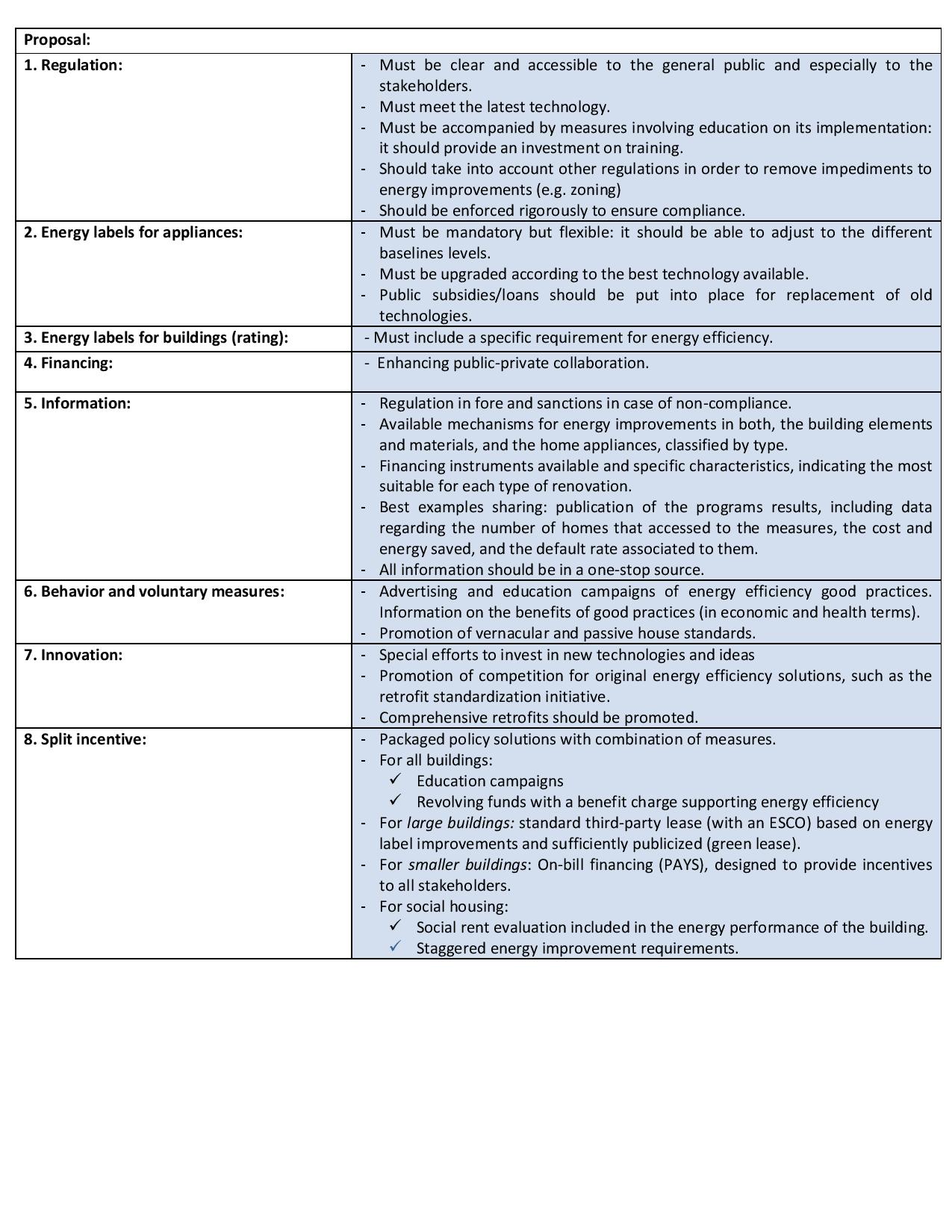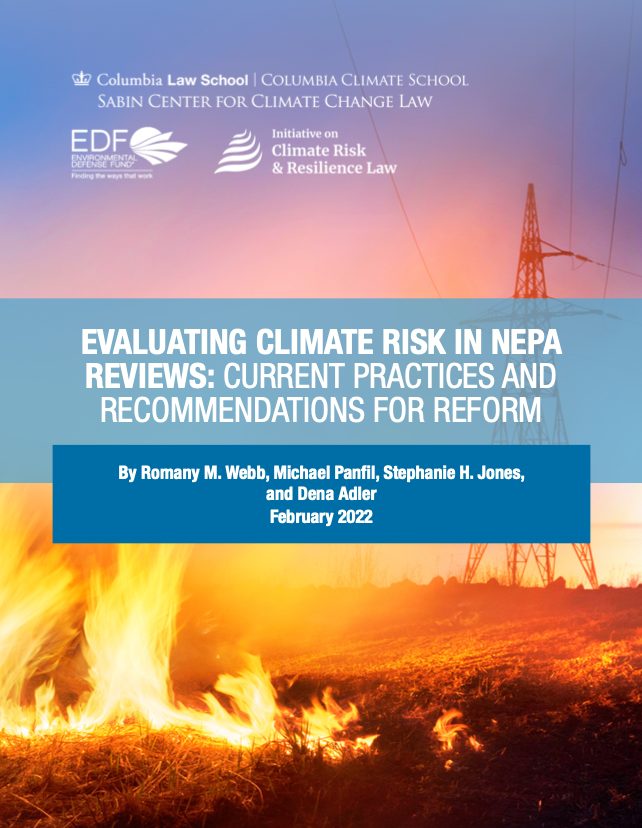By Julia Ciardullo
Fellow
On December 29, 2010, Massachusetts released its Clean Energy and Climate Plan for 2020, which sets out an ambitious state-wide greenhouse gas (GHG) emissions reduction target and lays out a framework for how the state will achieve that target.
The Plan was released in compliance with the state’s Global Warming Solutions Act of 2008 (GWSA). GWSA mandates an 80 percent reduction in state-wide GHG emissions from 1990 levels by 2050. GWSA also required the Secretary of Energy and Environmental Affairs (EEA) to establish an interim GHG emissions reduction target of between 10 and 25 percent below 1990 levels for 2020, and to issue a plan for achieving those reductions. Secretary Ian Bowles set the 2020 limit at the statutory maximum of 25 percent.
The Plan includes a mix of existing, expanded and new policies for achieving the 2020 limit, including energy efficiency requirements, advanced building codes, a renewable portfolio standard (RPS), fuel efficiency standards, incentives for purchasing more efficient vehicles and reducing vehicle miles traveled (VMT), and smart growth policies, to name a few.
The Plan’s portfolio of policies is broken down into five categories: buildings; electricity supply; transportation; non-energy related sources of emissions; and cross-cutting policies. Below is a brief summary of the policies and programs in each of these categories.
Buildings
Existing Policies:
— Massachusetts’ Green Communities Act of 2008 (GCA) mandates that electric and gas utilities pursue all cost-effective energy efficiency measures. This includes conducting energy assessments on buildings, providing financial incentives to customers who undertake building energy improvements, and providing technical and financial assistance to developers of new buildings. The state has committed to investing $2 billion over three years in this program, which is projected to generate $6 billion in customer savings.
— The federal government is expected to set new energy efficiency standards for appliances, electronics, and other products.
Expanded Policy:
— GCA requires Massachusetts to adopt the latest version of the International Energy Conservation Code (IECC). Additionally, the state has developed a local-option “stretch code,” which, unlike traditional building codes that prescribe the installation of specific energy measures, is a performance-based code, i.e. it mandates a percentage reduction in total building energy use, allowing developers to make their own design choices on how to achieve that reduction. Stretch codes have been adopted by over 60 municipalities in Massachusetts. The Plan would expand these existing policies to ensure a complete transition to performance-based codes by 2020.
New Policies:
— Create a new energy rating and labeling program for buildings similar to the miles-per-gallon rating on cars and light trucks.
— Implement “deep” energy efficiency improvements in buildings, including retrofitting buildings with much higher levels of insulation, less air leakage, and better windows. This program would begin as a pilot program for utilities, which would make rebates, training and technical support available for energy improvements made to residential buildings.
— Expand current programs that provide funding for residential heating-related efficiency measures to commercial and industrial electric utility customers that use oil for heat.
— Establish a policy framework to develop a market for solar thermal water and space heating in residential and commercial buildings for low-grade heating needs.
— Provide incentives to plant new trees around existing housing and retain trees within new housing developments.
Together, these policies and programs are estimated to reduce state-wide GHG emissions 9.8% by 2020.
Electricity Supply
Existing Policies:
— Massachusetts’ RPS requires retail electricity suppliers to provide an increasing percentage of the state’s energy from eligible renewable sources such as solar, wind, hydro, biomass and anaerobic digestion. The RPS will require 15 percent of the state’s electricity supply to come from renewable sources by 2020.
— Massachusetts is a member of the Regional Greenhouse Gas Initiative (RGGI). RGGI establishes a cap on carbon dioxide (CO2) emissions from fossil fuel-fired power plants in the 10 Northeast and Mid-Atlantic states. The cap decreases over time, for a total reduction of 10 percent by 2018. Allowances are purchased in quarterly auctions. The state has invested over 80 percent of its auction proceeds in energy efficiency, with smaller amounts for renewable energy and other programs.
Expanded Policy:
— A new transmission line is being developed by two Massachusetts utilities to import Canadian hydroelectric power to the state. Once completed, it will bring enough clean energy to provide up to 15 percent of Massachusetts’ present electricity demand. The Plan recommends that the state work with the utilities to help overcome any hurdles.
New Policies:
— The Environmental Protection Agency (EPA) is in the process of proposing and implementing more stringent regulations on power plants. As a result, the owners of some the state’s older, smaller power plants may find it more economical to shut down, rather than retrofit, their plants.
— Implement a clean energy performance standard requiring electricity suppliers to favor lower- and no-emissions sources in the mix of electricity delivered to customers.
Together, these policies and programs are estimated to reduce state-wide GHG emissions 7.7% by 2020.
Transportation
Existing Policies:
— EPA and the National Highway Traffic Safety Administration (NHTSA) have set GHG emissions standards and fuel efficiency standards for light-duty vehicles for model years 2012-2016. California is expected to propose stricter standards for model years 2017-2020, and Massachusetts law requires the state to adopt the California standards.
— EPA and NHTSA have proposed GHG emissions standards and fuel efficiency standards for medium- and heavy-duty vehicles for model years 2014-2018.
— The federal renewable fuel standard requires an increase in the volume of renewable fuels used in the U.S. Additionally, Massachusetts’ Biofuels Act, passed in 2008, instructs the state to pursue the development of a regional low-carbon fuel standard (LCFS). An LCFS would include targets and timelines for reducing the average carbon content of vehicle fuels.
— Massachusetts’ Sustainable Development Principles, last updated in 2007, are aimed at promoting clean energy to reduce GHG emissions and encouraging reductions in VMT through the creation of “pedestrian-friendly” neighborhoods.
Expanded Policy:
— Implement additional smart growth policies to make it easier for households and businesses to decrease VMT. The Plan suggests that such policies focus on influencing infrastructure investments by state agencies and planning decisions made by local governments.
New Policies:
— Provide incentives for consumers to shift their vehicle purchases to more fuel-efficient models, including varying the rates on new car sales taxes, annual auto excise taxes, and registration fees.
— Implement a pilot “pay-as-you-drive” (PAYD) vehicle insurance program. Under PAYD, car insurance rates would increase the more miles a person drives, creating an incentive to reduce discretionary driving.
— Implement GreenDOT, a sustainability program recently announced by the Massachusetts Department of Transportation. The program focuses on reducing GHG emissions in the transportation sector; promoting alternative modes of transportation such as walking, bicycling, and public transit; and supporting smart growth development of the state’s transportation systems.
Together, these policies and programs are estimated to reduce state-wide GHG emissions 7.6% by 2020.
Non-Energy Related Sources of Emissions[1]
Expanded Policy:
— Promote recycling of plastics. By reducing the amount of plastics incinerated by municipal solid waste disposal facilities, CO2 emissions will be reduced.
New Policies:
— The California Air Resources Board (CARB) is developing regulations to reduce emissions associated with motor vehicle air conditioning by using low-GWP refrigerants, reducing leaks, and improving the efficiency of the AC system.
— Minimize emissions of high-GWP refrigerants used in stationary non-residential equipment through facility registration, leak detection and monitoring, leak repair, system retrofit and retirement, required service practices, recordkeeping and reporting, and eventual replacement with equipment using no-GWP or lower-GWP substances, where such alternatives are available and practical.
— Minimize emissions of sulfur hexafluoride (SF6), a high-GWP substance, from gas insulated switchgear used in electricity transmission and distribution systems by setting limits on leakage rates and implementing best management practices for the recovery and handling of SF6.
Together, these policies and programs are estimated to reduce state-wide GHG emissions 2.0% by 2020.
Cross-cutting Policies
Existing Policy:
— Created by the GCA, the Green Communities Division of the Department of Energy Resources provides grant funding to municipalities to become more sustainable, control rising energy costs, and develop clean energy technologies and practices.
Expanded Policies:
— Strengthen the environmental review process under the Massachusetts Environmental Policy Act (MEPA) for certain projects undergoing review by the MEPA office to require that proponents quantify the project’s GHG emissions and identify measures to avoid, minimize, and mitigate such emissions.
— Massachusetts’ Leading by Example program, established by executive order in 2007, requires state agencies to reduce energy costs and lower emissions in state buildings, in vehicle fleets, and through green procurement. The state has also proposed the Commonwealth Energy Solutions program, which would implement an integrated strategy for energy procurement among all state agencies in order to capitalize on economies of scale.
New Policy:
— GWSA requires all state agencies to consider climate change impacts when issuing permits, licenses and other administrative approvals. EEA will develop a plan to implement this requirement in selected agency actions.
A complete copy of the Plan is available at https://bit.ly/gyfB88.
________________________________________________________________
[1] These represent a small but important part of statewide GHG emissions. Many of the gases emitted by these sources have high global warming potential (GWP), thousands of times greater than CO2.



